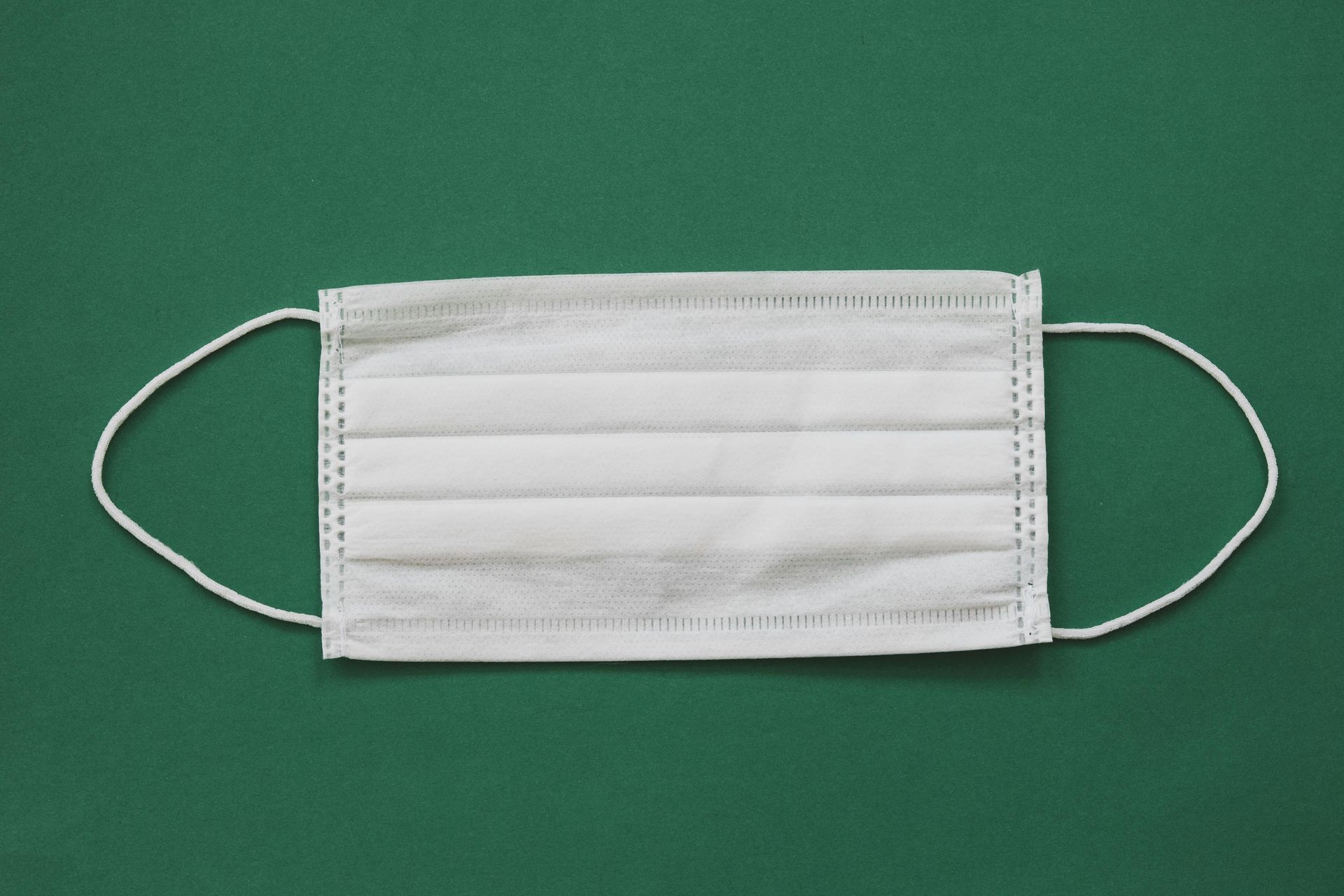
Buprenorphine for Pain Management: Pros vs. Cons in the Hospice Population
This document is for informational and educational purposes only and is not a substitute for medical advice, diagnosis, or treatment provided by a qualified health care provider. All information contained in this document is protected by copyright and remains the property of ProCare HospiceCare. All rights reserved.
Buprenorphine is a unique opioid analgesic. It has several benefits (“pros”) for pain management, but it also has a few significant risks (“cons”) that prevent it from being used more frequently in hospice.
For pain management, buprenorphine is available as a buccal film (Belbuca®), a weekly transdermal patch (Butrans®), and an injection solution (Buprenex®). The forms that are most often seen in hospice patients are the buccal film and transdermal patch, which are used routinely as long-acting opioids for chronic pain, and these are the dosage forms we’ll be discussing here. Buprenorphine injection is indicated for acute pain and is not recommended for long-term use, and it is rarely used in hospice. Other dosage forms (monthly subcutaneous injection, 6-month subcutaneous implant, and daily sublingual tablet) are indicated for opioid use disorder and are not FDA-approved for pain management.
What makes buprenorphine unique is the way it binds to various opioid receptors. The most commonly used opioid analgesics (e.g. morphine, oxycodone, fentanyl, and hydrocodone) are full mu-opioid receptor agonists, meaning they bind to and activate the mu-opioid receptor. In contrast, an antagonist blocks a receptor by binding to it without activating it; naloxone (Narcan®) is an excellent example of a mu-opioid receptor antagonist. Buprenorphine is a partial mu-opioid receptor agonist, which means that it binds to the mu-opioid receptor but activates it to a lesser degree than a full agonist. In addition to its effects at the mu-opioid receptor, buprenorphine has activity at three other opioid receptors: it is an antagonist at the delta- and kappa-opioid receptors, and a full agonist at the ORL-1 (opioid receptor-like 1; a.k.a. nociceptin) opioid receptor.
The Pros of Buprenorphine:
Effective for pain. Buprenorphine’s partial agonism at the mu-opioid receptor refers only to its activity level at the receptor, and not to its effectiveness as an analgesic. In fact, buprenorphine’s analgesic effects are comparable to full mu-opioid receptor agonists in a variety of different pain types, including moderate to severe post-operative and cancer pain, osteoarthritis, and chronic low back pain. Buprenorphine is also effective for neuropathic pain.
Lower risk of certain opioid adverse effects. Because of buprenorphine’s unique activity at four opioid receptors, it is less likely to cause several common opioid adverse effects. When compared with most full mu-opioid receptor agonists, buprenorphine has a lower incidence of respiratory depression – although, as with all opioids, this adverse effect is still possible. Because buprenorphine is also less likely to produce euphoria, it has less potential for physical dependence and addiction; as such, it is classified as a Schedule III (C-III) controlled substance. In addition, when compared with the extended-release forms of oxycodone, hydromorphone, and oxymorphone, buprenorphine buccal film causes significantly less nausea, vomiting, constipation, dizziness, and somnolence.
When buprenorphine is compared to morphine, the differences in adverse effect frequency are less pronounced, perhaps due to the dosage forms evaluated (or not evaluated). When comparing buprenorphine buccal film to morphine (dosage form not specified), buprenorphine appears to have just slightly lower incidences of constipation, somnolence, anxiety, and dry mouth. In a 2018 systematic review and meta-analysis of buprenorphine vs. morphine in acute pain management, the only significant difference in adverse effects identified was that buprenorphine was associated with less pruritis. The dosage forms considered in this review varied but were typically morphine injection vs. buprenorphine injection or sublingual tablet (not the patch or buccal film forms of buprenorphine that we usually see in our hospice patients).
Safe in special populations. In addition, buprenorphine is considered safe in populations that we see often in hospice: those with renal impairment, including dialysis; those with mild to moderate hepatic impairment; and the elderly.
The Cons of Buprenorphine:
High cost. Unfortunately, buprenorphine patch and buccal film are relatively high-cost medications, which makes them much less attractive for use in hospice. Depending on the strength, the average cost for the generic weekly patch ranges from approximately $10 to $28 per day; the average cost for the brand buccal film, which is dosed once or twice a day, ranges from approximately $8 to $19 per film.
Dosing limitations and cautions in severe hepatic impairment. A potential concern, especially in hospice patients, is that buprenorphine patch and buccal film both have maximum recommended doses. Also, the dose of the patch should be titrated no more frequently than every 72 hours, while the dose of the buccal film should be titrated no more frequently than every 4 days. Because buprenorphine has primarily hepatic metabolism, there are cautions regarding its use in severe liver impairment; in these patients, the dose of the buccal film should be reduced, and the transdermal patch form is not recommended.
The Verdict:
There are a number of reasons why buprenorphine patch and buccal film are excellent long-acting analgesics for many patients, especially those who are not approaching end of life. However, the cons can be significant, and buprenorphine is usually not preferred as a first- or second-line option for the majority of our hospice patients because other long-acting analgesics are effective and available at a much lower cost (e.g. methadone, morphine extended-release, and many strengths of fentanyl patch). In addition, the fact that buprenorphine patch and buccal film have maximum recommended doses may become an issue at end of life in patients whose pain is rapidly escalating. Of course, the pros and cons must always be weighed for each patient and their specific situation; no doubt there will be some hospice patients for whom buprenorphine patch or buccal film is an ideal choice.
Written by Joelle Potts, PharmD, CGP
REFERENCES:
- Lexicomp Online, Lexi-Drugs Online. Waltham, MA: UpToDate, Inc.; July 23, 2022. https://online.lexi.com. [last accessed 7/23/2022]
- Buprenorphine Practitioner Resources and Information. Substance Abuse and Mental Health Services Administration (SAMSHA), U.S. Department of Health and Human Services. Programs: Medication-Assisted Treatment (MAT). Last updated 6/24/2021. Available at: https://www.samhsa.gov/medication-assisted-treatment/practitioner-resources [last accessed: 2/5/2022]
- Become a Buprenorphine Waivered Practitioner. Substance Abuse and Mental Health Services Administration (SAMSHA), U.S. Department of Health and Human Services. Programs: Medication-Assisted Treatment (MAT). Last updated 6/24/2021. Available at: https://www.samhsa.gov/medication-assisted-treatment/become-buprenorphine-waivered-practitioner [last accessed: 2/5/2022]
- Practice Guidelines for the Administration of Buprenorphine for Treating Opioid Use Disorder. U.S. Department of Health and Human Services, Federal Register document number 2021-08961, pages 22439-40; 4/28/2021. Available at: https://www.federalregister.gov/documents/2021/04/28/2021-08961/practice-guidelines-for-the-administration-of-buprenorphine-for-treating-opioid-use-disorder [last accessed 2/5/2022]
- Pharmacist’s Manual: An Informational Outline of the Controlled Substances Act. EO-DEA154; revised 2020. Drug Enforcement Administration (DEA), Diversion Control Division. Available at: https://www.deadiversion.usdoj.gov/pubs/manuals/ [last accessed 2/28/2022]
- Pharmacological Treatment. Under: Opioids > Medication Assisted Recovery. Indian Health Service (IHS), Rockville, MD. https://www.ihs.gov/opioids/recovery/pharmatreatment/ [accessed 12/9/2021]
- Hale M, Garofoli M, Raffa RB. Benefit-risk analysis of buprenorphine for pain management. Journal of Pain Research, 2021:14; 1359-69.
- Gudin J, Fudin J. A narrative pharmacological review of buprenorphine: a unique opioid for the treatment of chronic pain. Pain Ther. Published online: 28 Jan 2020.
- Childers JW, Lou K, Arnold R. Fast Facts and Concepts #268. Low-dose buprenorphine patch for pain. October 2020. Available at: https://www.mypcnow.org
- Davis MP. Twelve reasons for considering buprenorphine as a frontline analgesic in the management of pain. The Journal of Supportive Oncology. Nov-Dec 2012; 10(6): 209-19.
- Khanna IK, Pillarisetti S. Buprenorphine – an attractive opioid with underutilized potential in treatment of chronic pain. Journal of Pain Research, 2015:8. 859-70.
- White LD, et al. Efficacy and adverse effects of buprenorphine in acute pain management: systematic review and meta-analysis of randomized controlled trials. British Journal of Anaesthesia. 2018; 120(4): 668-78.
- Morphine (systemic). Lexicomp Online, Lexi-Drugs Online. Waltham, MA: UpToDate, Inc.; July 20, 2022. https://online.lexi.com. [last accessed 7/23/2022]
- Butrans® (buprenorphine patch) prescribing information. Purdue Pharma LP, Stamford, CT. Revised March 2021. Available at: https://butrans.com [last accessed 3/15/2022]
- Belbuca® (buprenorphine buccal film) prescribing information. BioDelivery Sciences International, Inc., Raleigh, NC. Revised March 2021. Available at: https://www.belbuca.com. [last accessed 3/15/2022]

READY TO START A CONVERSATION?
Request a Live Demo and Find Out How Your Organization can be ‘Powered by ProCare Rx’
All Rights Reserved | Burgess Information Systems








